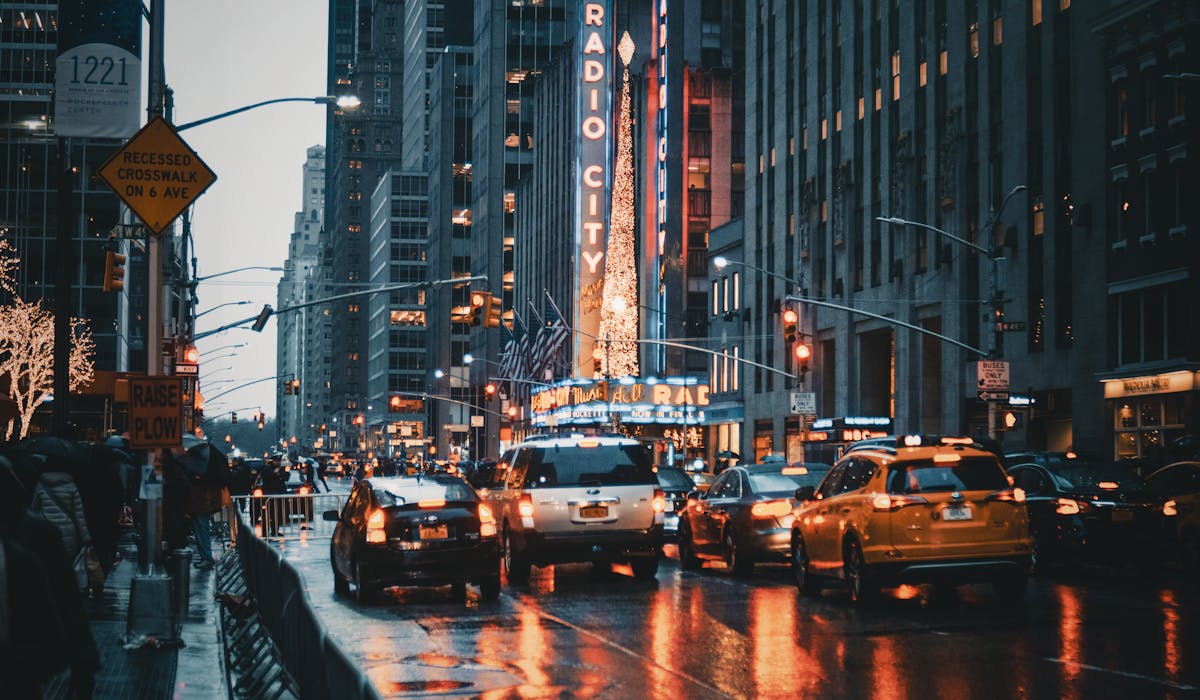10 Simple Techniques For Framing Streets
Wiki Article
The Best Strategy To Use For Framing Streets
Table of ContentsAn Unbiased View of Framing StreetsThe Best Guide To Framing StreetsThe 6-Second Trick For Framing StreetsThings about Framing StreetsThe Facts About Framing Streets UncoveredWhat Does Framing Streets Do?
, generally with the purpose of catching photos at a crucial or poignant minute by cautious framework and timing. https://davidturley33101.wixsite.com/my-site/post/framing-streets-mastering-the-art-of-street-photography.
See This Report on Framing Streets
Susan Sontag, 1977 Street digital photography can concentrate on individuals and their behavior in public. In this regard, the street photographer resembles social docudrama photographers or photojournalists who additionally operate in public areas, yet with the goal of recording newsworthy occasions. Any one of these photographers' pictures might record people and residential property visible within or from public locations, which frequently entails browsing ethical issues and legislations of personal privacy, protection, and residential or commercial property.Representations of everyday public life develop a category in almost every duration of world art, starting in the pre-historic, Sumerian, Egyptian and very early Buddhist art periods. Art managing the life of the street, whether within views of cityscapes, or as the dominant motif, appears in the West in the canon of the North Renaissance, Baroque, Rococo, of Romanticism, Realism, Impressionism and Post-Impressionism.
5 Easy Facts About Framing Streets Explained
Louis Daguerre: "Blvd du Temple" (1838 or 1839) In 1838 or 1839 the very first picture of figures in the road was tape-recorded by Louis-Jacques-Mand Daguerre in among a set of daguerreotype views drawn from his workshop home window of the Boulevard du Holy place in Paris. The second, made at the height of the day, shows an uninhabited stretch of road, while the other was taken at regarding 8:00 am, and as Beaumont Newhall reports, "The Blvd, so regularly loaded with a relocating crowd of pedestrians and carriages was completely singular, except an individual who was having his boots cleaned., that was influenced to carry out a comparable documentation of New York City. As the city established, Atget aided to advertise Parisian roads as a deserving topic for photography.

Examine This Report on Framing Streets
Martin is the initial videotaped professional photographer to do so in London with a masked video camera. Mass-Observation was a social research study organisation established in 1937 go to website which intended to tape daily life in Britain and to videotape the responses of the 'man-in-the-street' to King Edward VIII's abdication in 1936 to wed divorce Wallis Simpson, and the sequence of George VI. The chief Mass-Observationists were anthropologist Tom Harrisson in Bolton and poet Charles Madge in London, and their very first record was generated as guide "May the Twelfth: Mass-Observation Day-Surveys 1937 by over two hundred observers" [] Window cleaner at Kottbusser Tor, Berlin, by Elsa Thiemann c. 1946 The post-war French Humanist Institution photographers found their subjects on the street or in the bistro. Between 1946 and 1957 Le Groupe des XV every year exhibited work of this kind. Andre Kertesz. Circus, Budapest, 19 May 1920 Street photography formed the major material of two exhibits at the Gallery of Modern Art (Mo, MA) in New york city curated by Edward Steichen, Five French Digital Photographers: Brassai; Cartier-Bresson, Doisneau, Ronis, Izis in 1951 to 1952, and Post-war European Digital Photography in 1953, which exported the concept of street digital photography internationally.
The Framing Streets Diaries
The recording maker was 'a covert camera', a 35 mm Contax hidden below his layer, that was 'strapped to the chest and linked to a lengthy cable strung down the best sleeve'. Nonetheless, his work had little modern impact as because of Evans' level of sensitivities regarding the creativity of his task and the privacy of his topics, it was not released till 1966, in the book Several Are Called, with an intro composed by James Agee in 1940.Helen Levitt, after that a teacher of young kids, related to Evans in 193839. She documented the temporal chalk illustrations - copyright a7iv that were part of kids's street society in New york city at the time, in addition to the youngsters that made them. In July 1939, Mo, MA's brand-new digital photography section included Levitt's job in its inaugural eventRobert Frank's 1958 book,, was considerable; raw and usually out of focus, Frank's photos examined mainstream photography of the time, "challenged all the official guidelines put down by Henri Cartier-Bresson and Pedestrian Evans" and "contradicted the wholesome pictorialism and heartfelt photojournalism of American publications like LIFE and Time".
Report this wiki page